Author: Ashwin Yardi
-
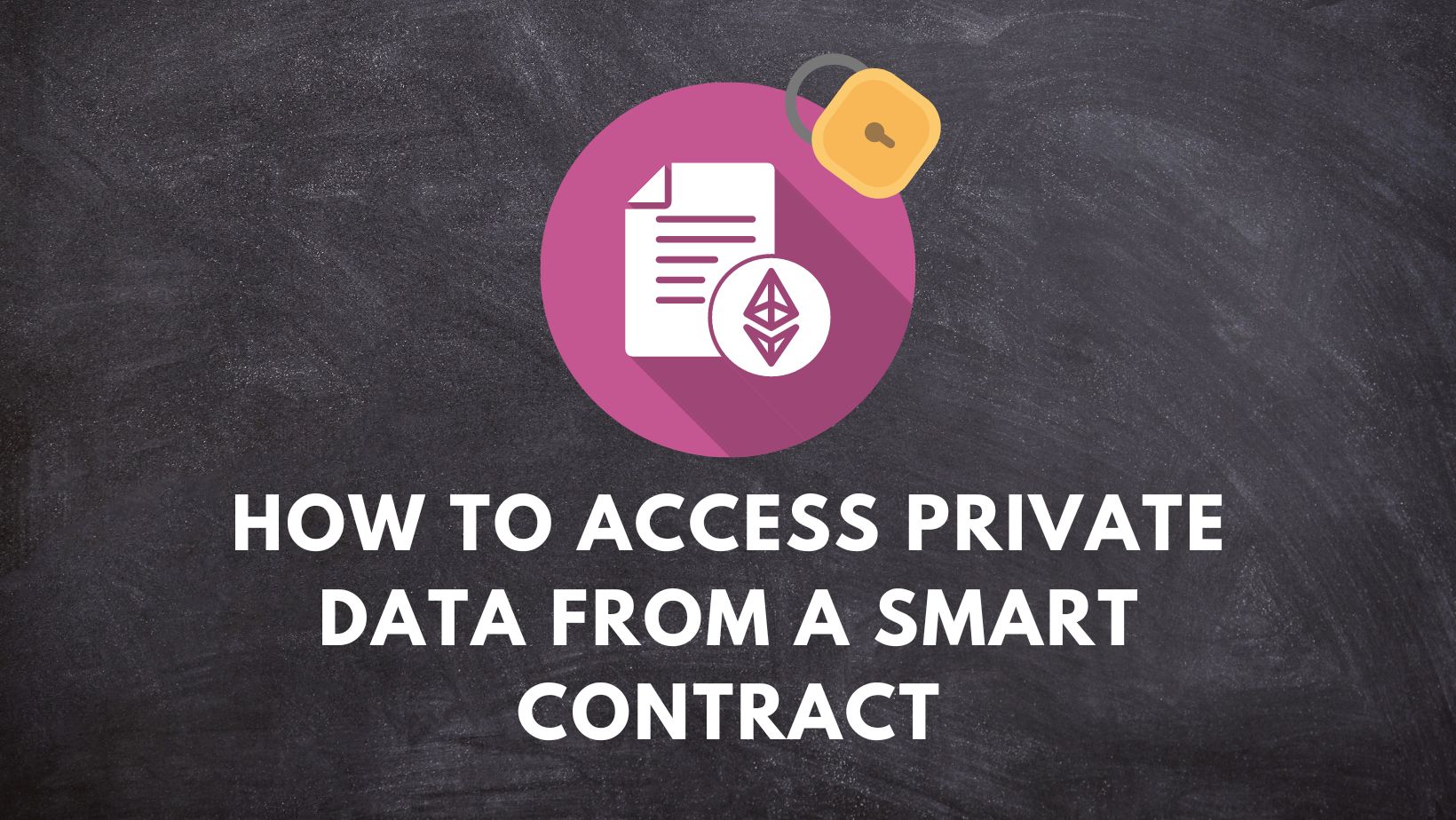
How to access private data from a smart contract
One of the biggest advantages of blockchains or at least public blockchains is that they are “public”. Nothing can be hidden and all the transactions are publicly visible. If you are a smart contract developer, you must have heard about the access modifier and particularly the “private” access modifier. Access Modifiers in Solidity We know…
-
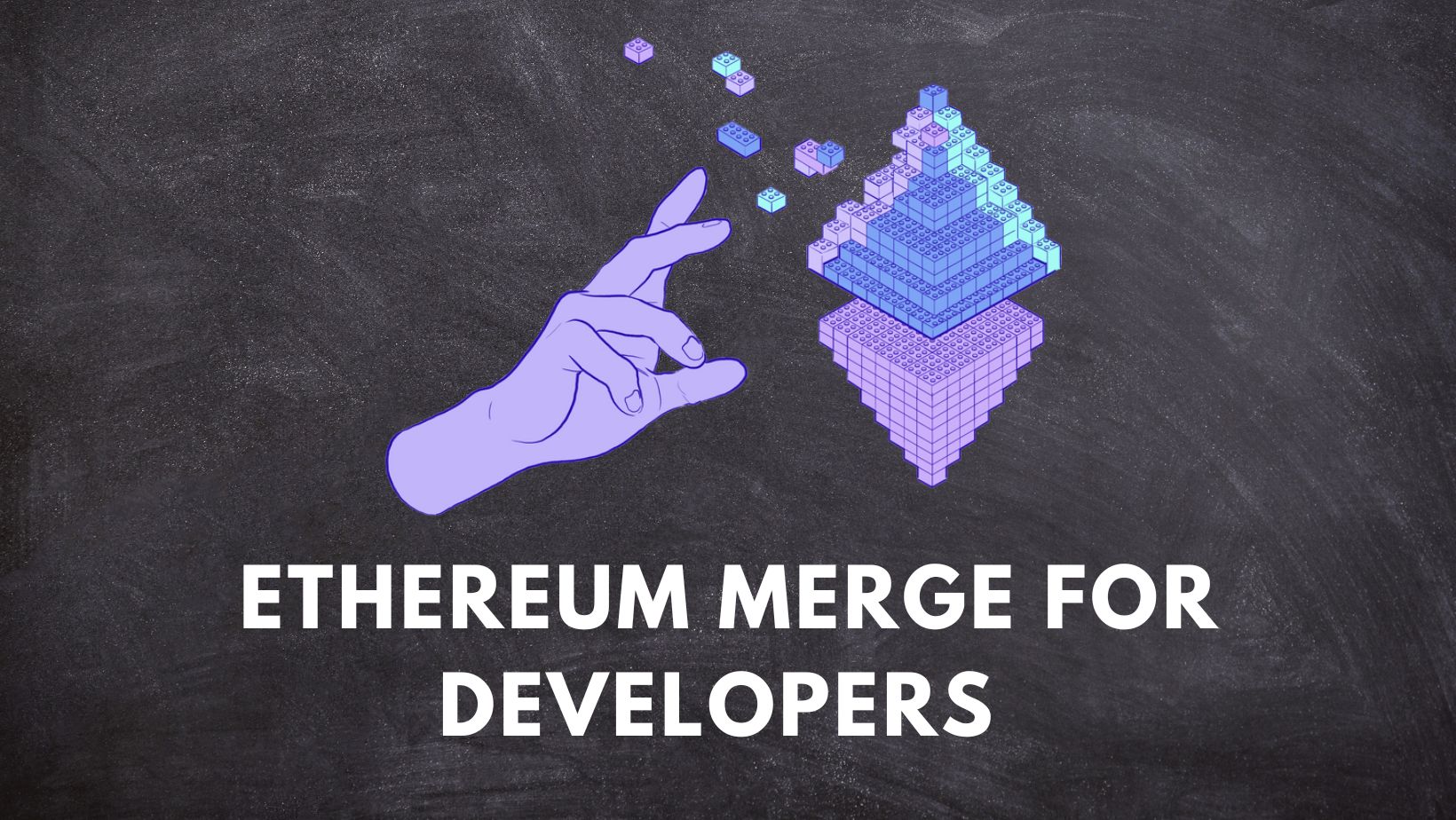
Ethereum Merge From The Developer’s Perspective
Ethereum’s transition to PoS aka the merge is here. It’s been running smoothly for more than 3 days now. And it has already reduced Ethereum’s energy consumption by 99.99%. As discussed in the last article, we know that the merge is all about replacing the PoW consensus layer with the PoS consensus layer, all while…
-
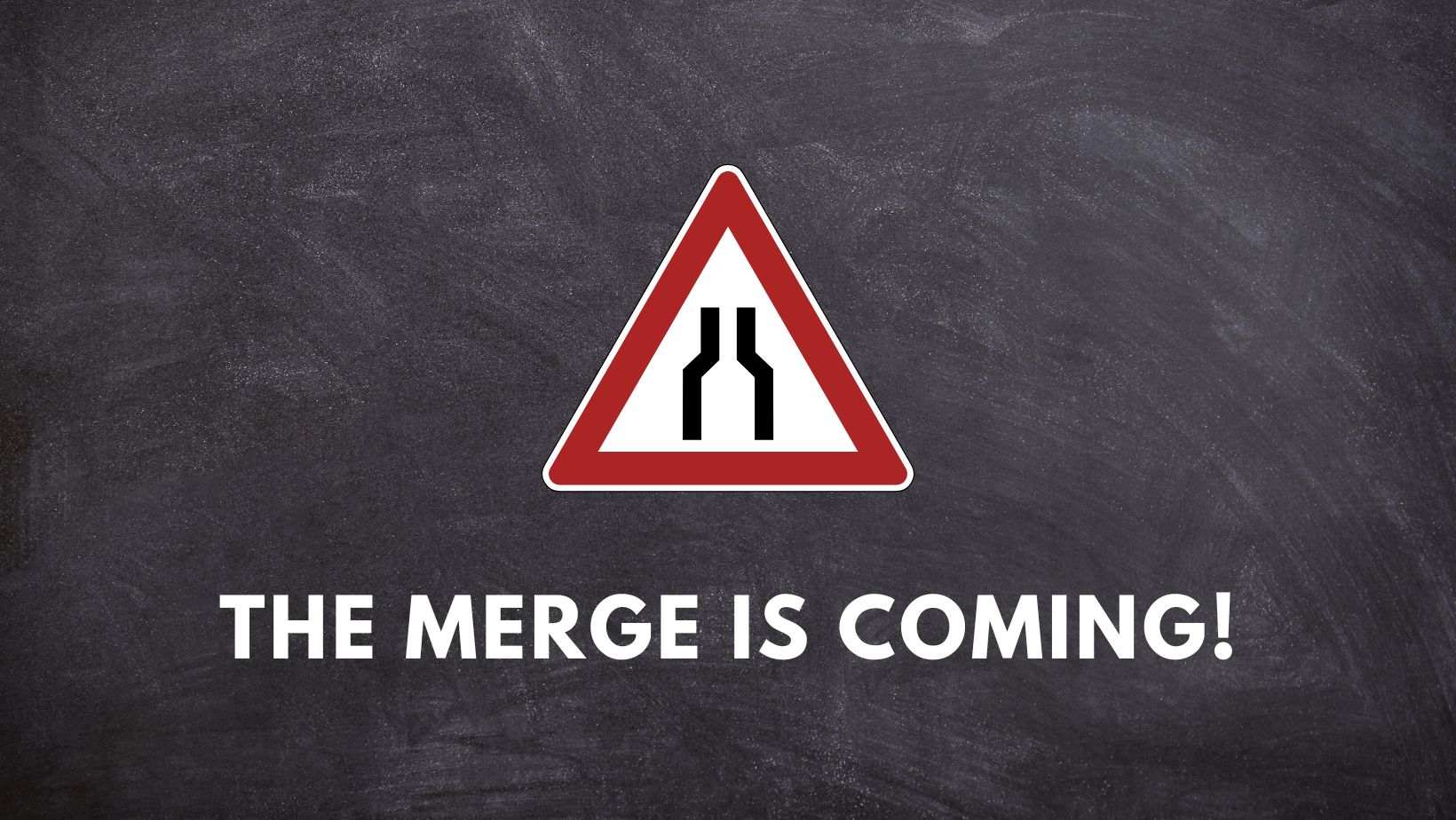
The merge is coming!
The most awaited, most discussed, most anticipated “the merge” is finally happening in a few days. This upgrade is regarded as the most significant upgrade in the history of Ethereum. But, exactly what is going to happen? What entails after the merge? Let’s understand exactly what is all this fuss about, why this merge is…
-
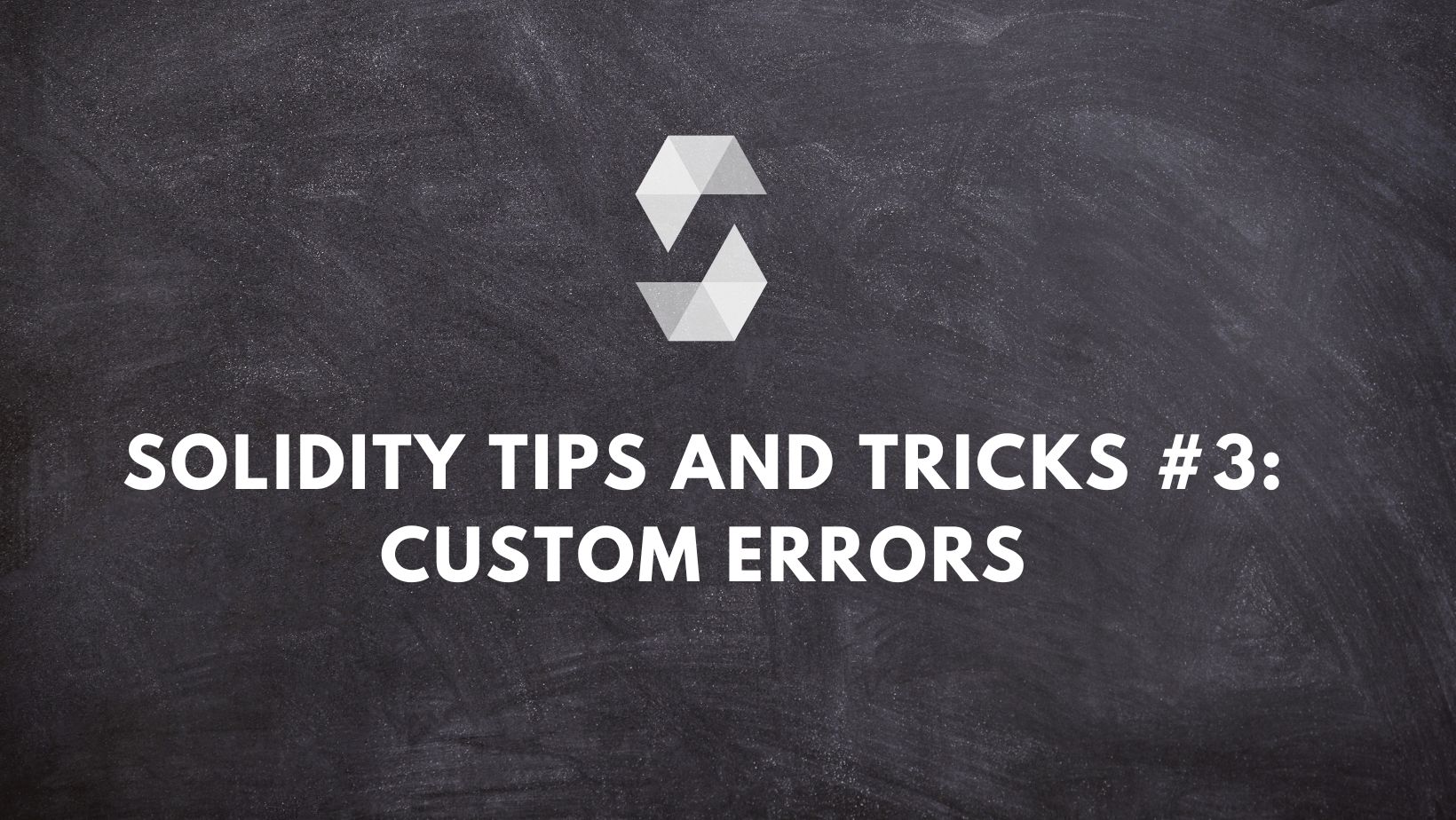
Solidity tips and tricks #3: Custom errors
Solidity v0.8 introduced a lot of interesting updates. We already covered the “Unchecked Arithmetic” concept in the first post of this series. Another interesting and handy feature introduced starting from v0.8.4 is “Custom errors”. Let’s explore how custom errors work. Errors in solidity When an error occurs in a transaction, it reverts all of the…
-
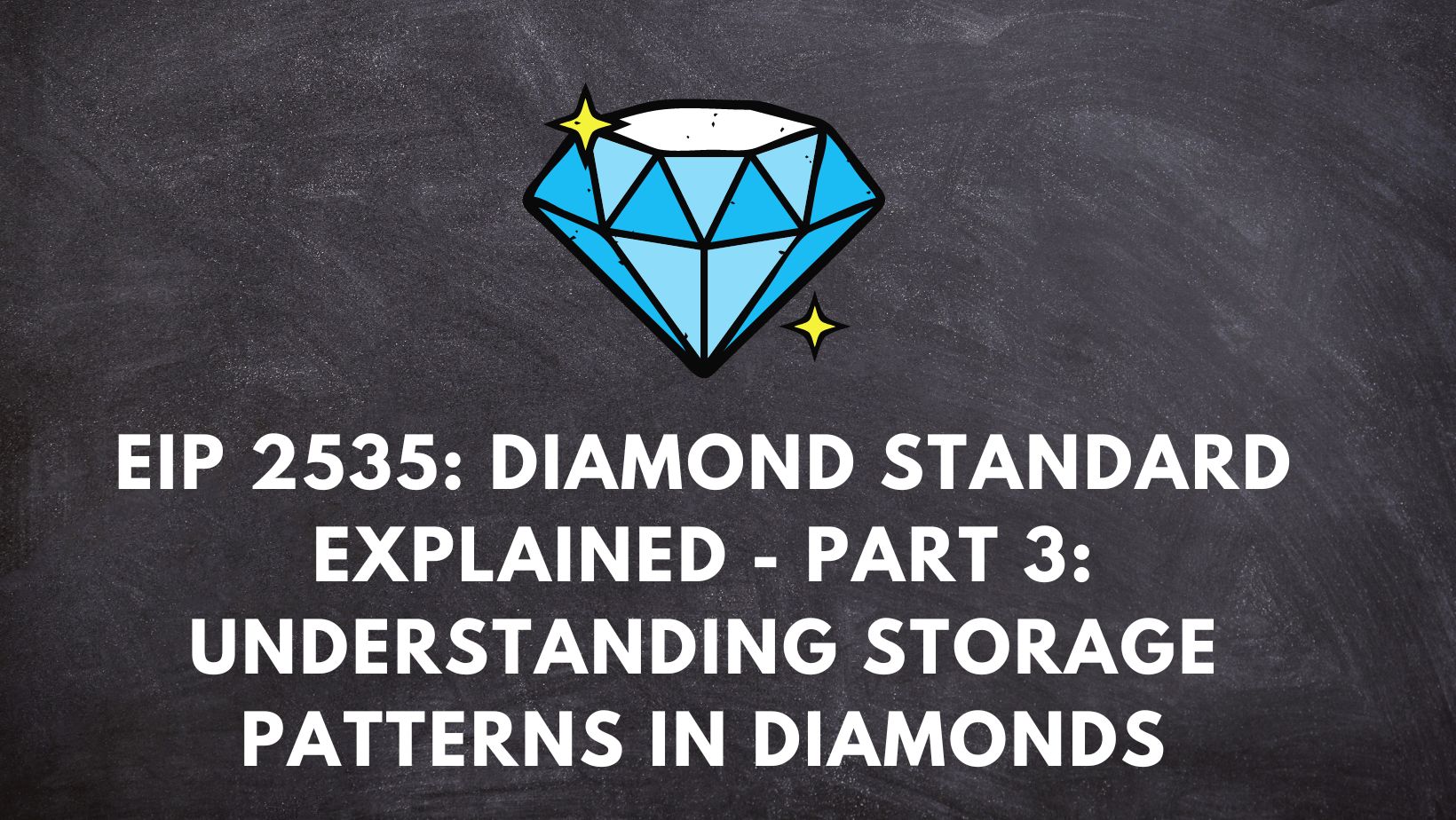
EIP 2535: Diamond standard explained – Part 3: Understanding storage patterns in diamonds
Okay, from Part 1 and Part 2 of this series, we know: Why EIP 2535 is required / used What is diamond standard and how the architecture looks like In this part, let’s try to explore what different storage patterns can be used in diamond standard. Storage patterns define rules for declaring state variables in…
-
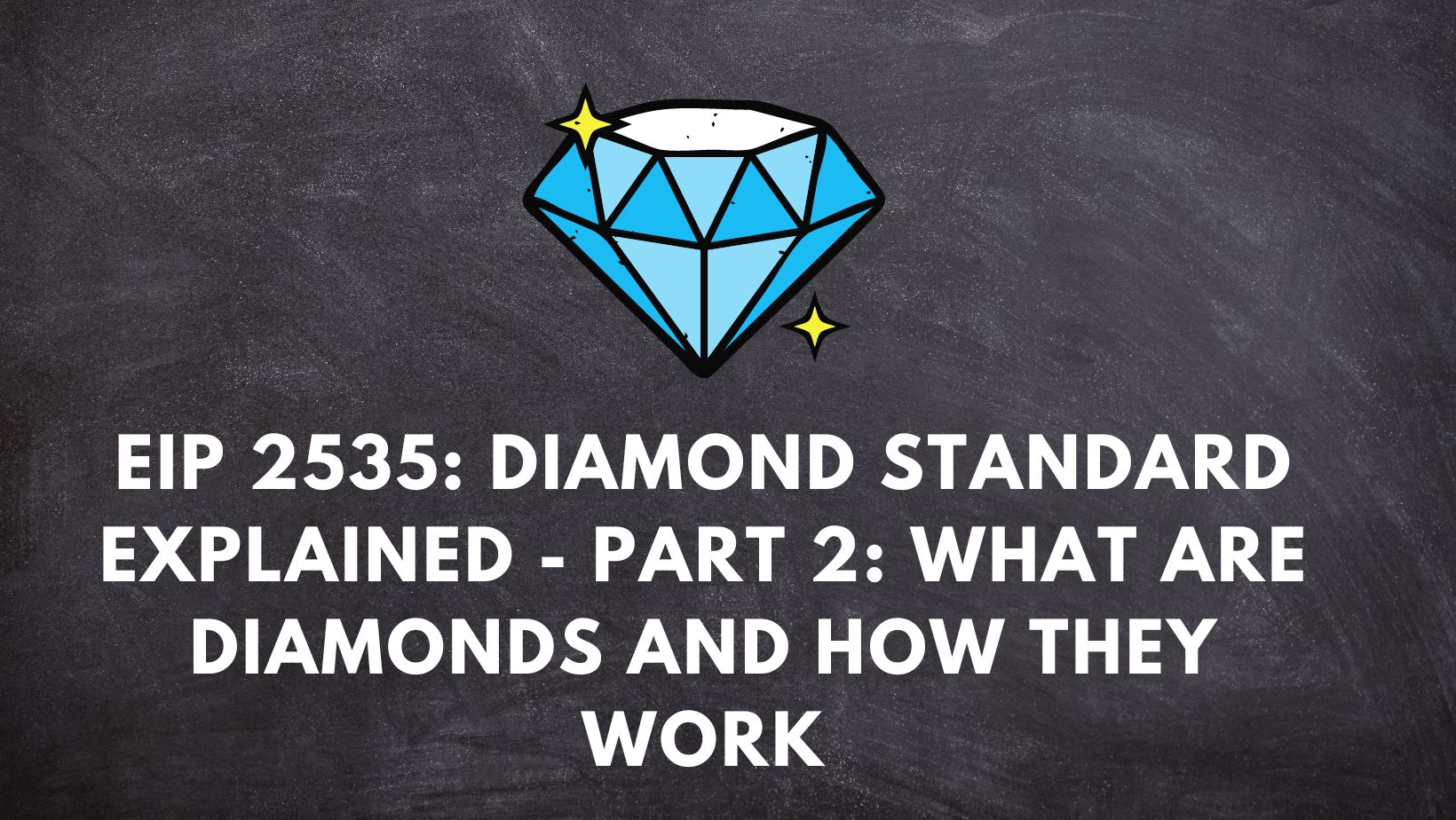
EIP 2535: Diamond standard explained – Part 2: What are diamonds and how they work
In part 1 of this series, we tried to understand why the EIP-2535: Diamond standard is required. In short, this standard allows us to write “transparently” upgradable, flexible, modular and logically easy to maintain smart contracts. In this part, let’s understand exactly how diamonds enable all of this. What are diamonds? So following diagram represents…
